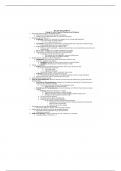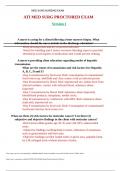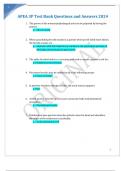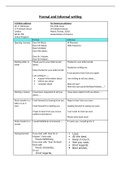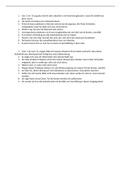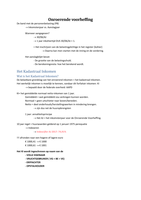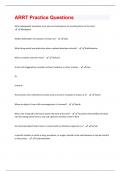Samenvatting
Summary BIOL 151 Exam 2 Study Guide
- Vak
- Biol 151
- Instelling
- Virginia Commonwealth University
This is a comprehensive and detailed summary on Exam 2 that covers key topics like;Energy for Life: Chemical Reactions and Enzymes Energy for Life Part 2: Enzyme Regulation Getting Energy from Food: Basics of Cellular Respiration Photosynthesis for this course. *Essential!! *For effective exam ...
[Meer zien]
